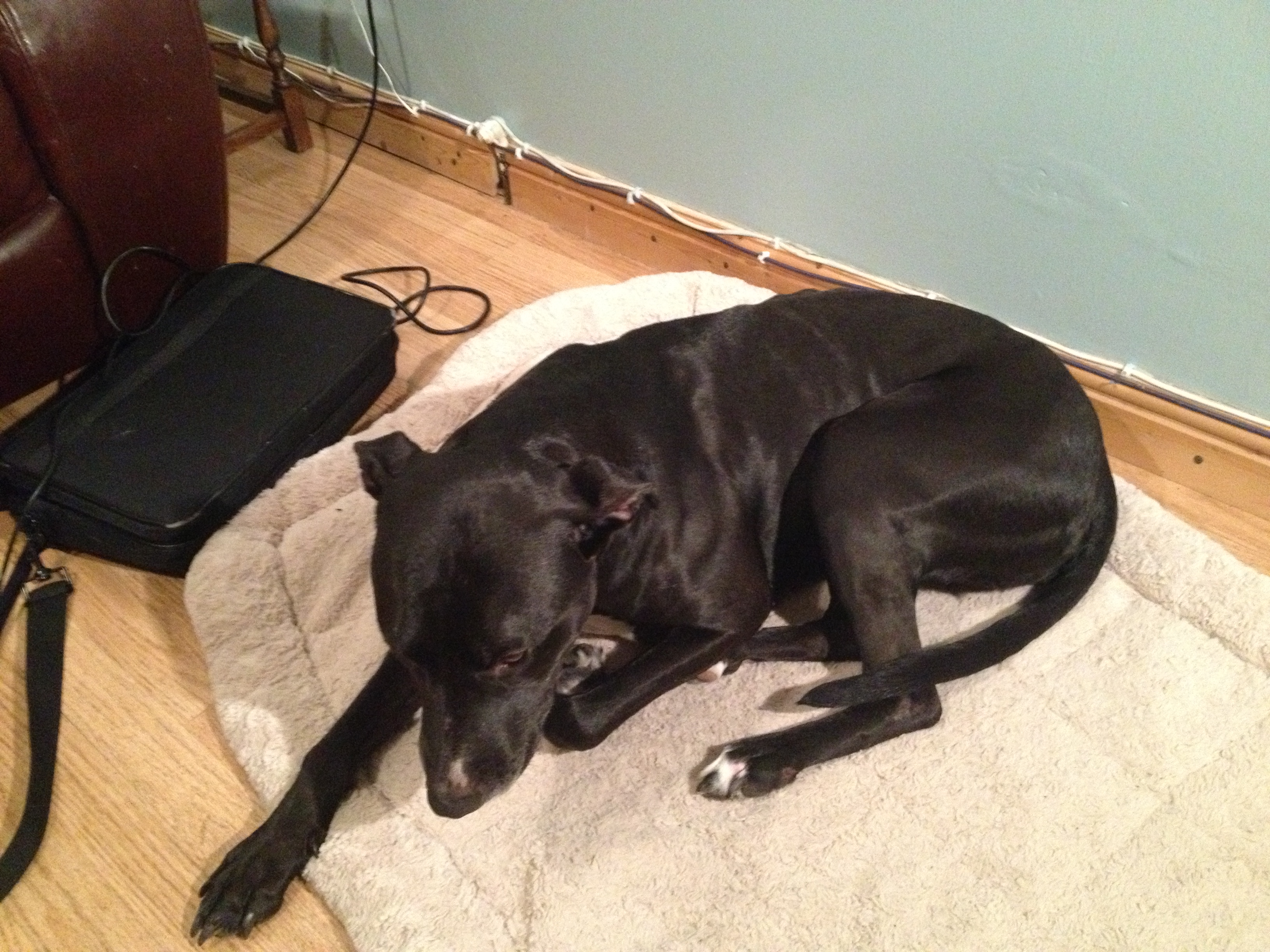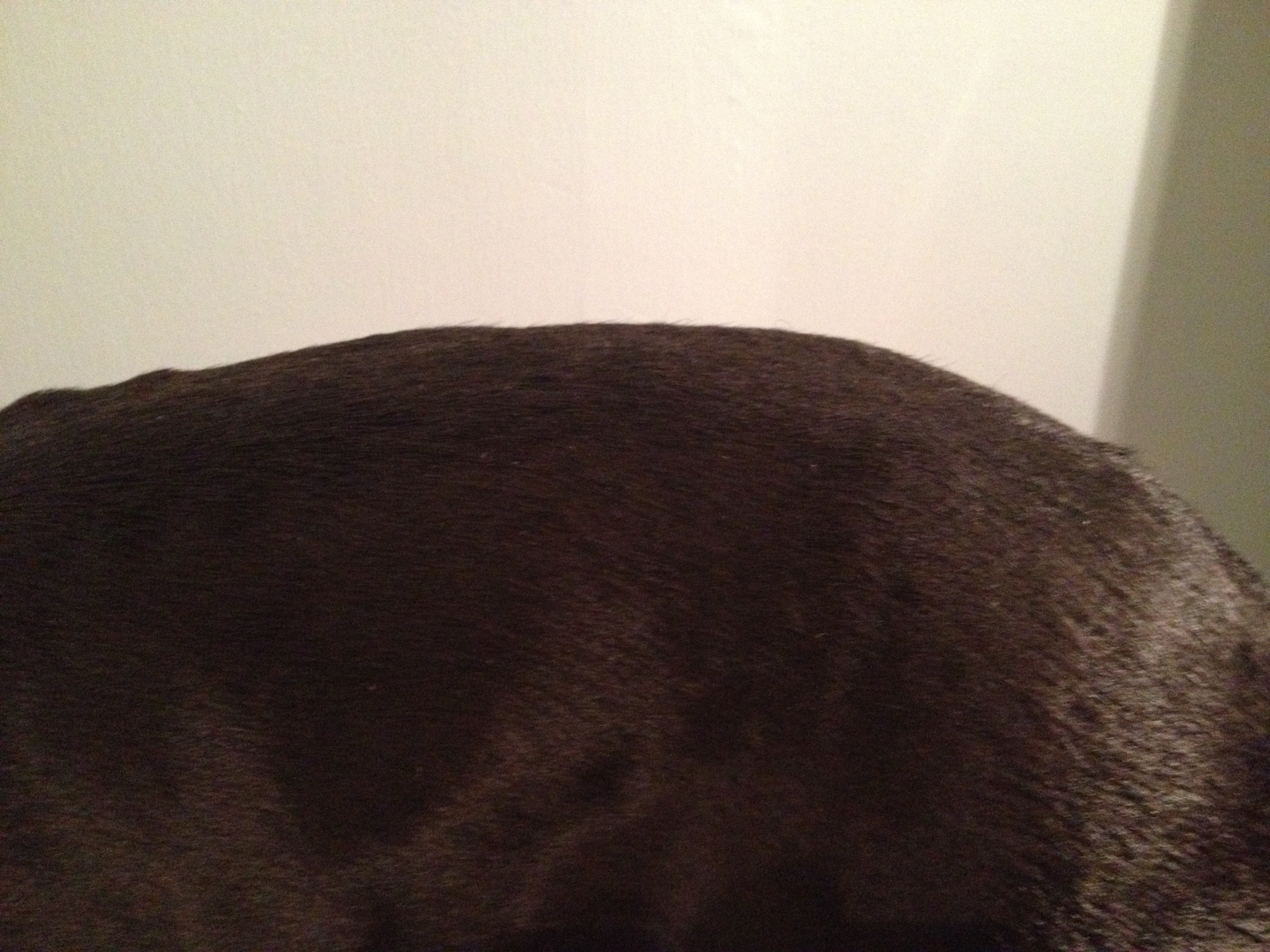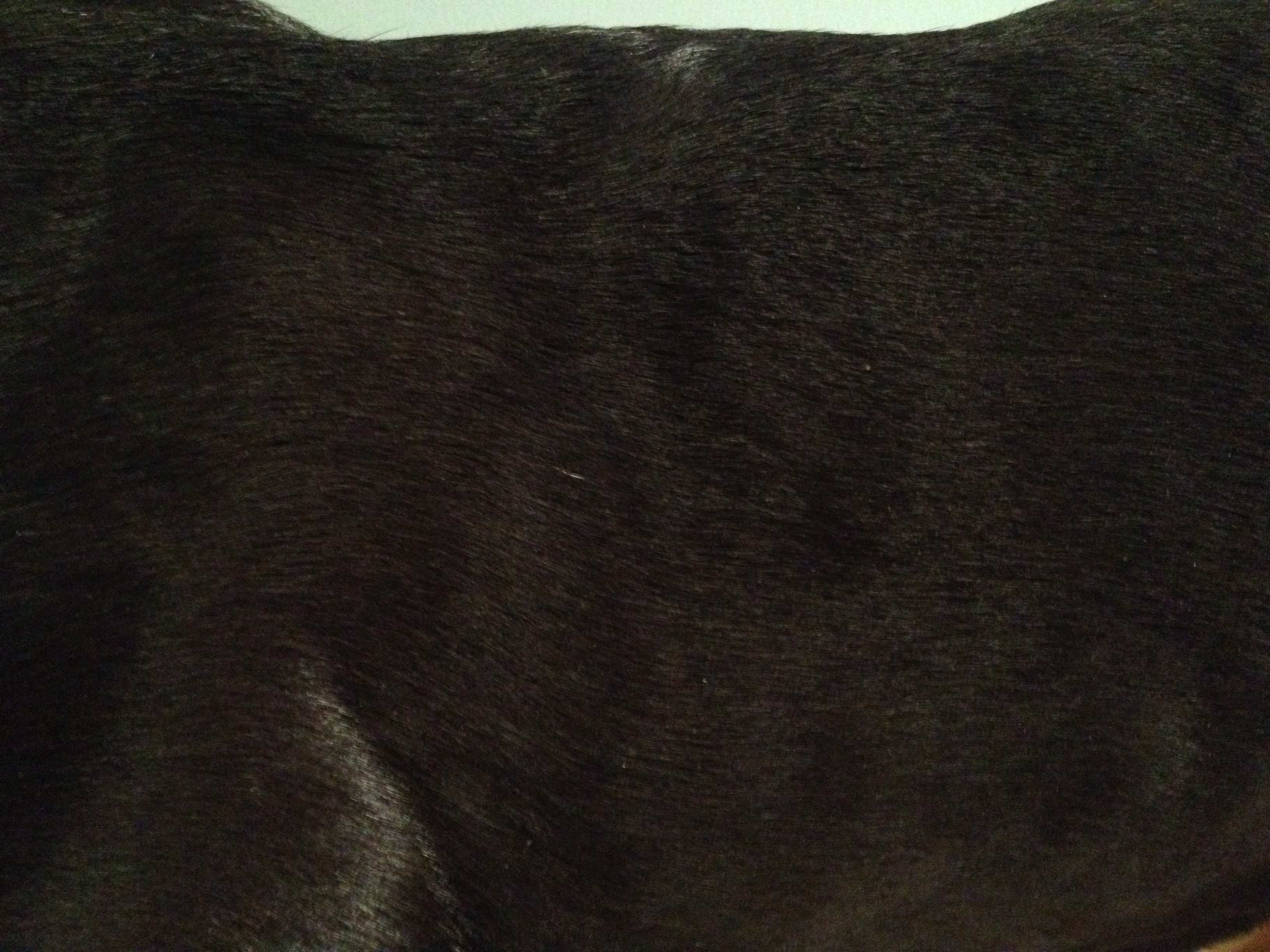There is growing evidence that the behavioural patterns of our pets are changing alongside the behaviour of the owners. Human obesity is rising and so is obesity in dogs and cats. Why is this?
Research is showing that in dogs, behaviour is reflecting that of people in general. We and our dogs are becoming less active. 10 years ago the majority of dogs were ranked as active. Now the majority are ranked as inactive. However there is more to it than that. Cats are also becoming generally larger. It has been shown that the daily energy requirements of both have fallen yet the energy intake is rising. A lot of this is down to a change in attitude toward pets. Not that long ago pets were considered as an adjunct to the family, lots of people had them but they were always a seperate entity. Nowadays more and more of us consider and treat our pets as members of the family. Just look at Christmas time. Years ago it would be considered normal to buy a gift for your children but a bit odd to buy one for your dog. Now most people would consider it the norm and in my house I would be in a lot of trouble if I didn’t get the dogs something. We are tending to treat the pet as we would treat our kids and this is not always good for the animal.
One of the commonest mistakes people make with their pet is assuming the pet will regulate its own intake of food. They will not. We are sadly familiar with documentaries from the USA about super-sized people that can no longer even get out of bed. Often the parents of these individuals are seen making statements such as “He just can’t lose weight, I hate seeing him like this!”. Well he can no longer get out of bed so he is entirely dependant on you for his food intake. If you don’t give him the food he can’t eat it. The same is true for our dogs and cats. If they are overweight it is because we have fed them too much.
Unfortunately most people are unaware of the feeding guidelines for their animal even though they are there on the reverse of the bag. Also many people like to give their pet treats. This is fine, as long as the equivalent amount of food is removed from their normal meals but this rarely happens. Many of the cheaper treats are very high in fats and sugars. Most of us would consciously monitor how many sweets our kids were eating but not even think about what we were giving to the pet.
On top of the “human error” factors there are other changes in pet care that are also contributing to obesity.
Neutering increases the risk of obesity in cats and dogs; they slow down and their bodies change (hormone reduction). 54% of dogs and 92% of cats are neutered in the UK.
Age plays a part. As a dog or cat gets older they are no longer growing and their activity naturally reduces so their energy requirements go down and so should their calorie intake.
Indoor cats are far less active than outdoor ones so should be fed on lower calorie food or just fed less.
Medication can increase the risk of obesity by increasing the appetite (steroids) or slowing the metabolism.
Other animals in the house can actually reduce the risk. One or two cats have an increased risk of obesity, three to six in a house reduces risk as does sharing a house with a dog. I wonder why? Any cat sharing a house with my dog would have the physique of an Olympic athlete!
If you answer yes to too many questions in the first list below and no to too many in the second list you probably have an overweight pet. The good news is that doing something about it is easy. You just have to change your ways. Less energy in, more energy out reduces weight. More energy in, less out increases weight and you are the arbiter. Fortunately it is all our fault, as this means we can do something about it.
- Do you put off walking the dog when you are tired/the weather’s not the best/ you’ve got too much on?
- Do you just fill the dogs bowl with food a couple of times a day without reference to the feeding guidelines or without measuring the feed quantity?
- Do you keep refilling the cats bowl whenever it’s empty (free feeding) ?
- Do you treat your pet to “a bit off my plate, he likes to eat what I am having”?
- Is your pet neutered?
- Is your pet being treated with medication such as steroids?
- Is your pet getting older but you are still feeding the same amount of the same food?
- Do you give your dog/cat a treat when you go out/ come in/ go to bed/ get up in the morning/ are eating your meal/ as a reward for good behaviour/when you notice him looking puppy/kittie eyed at you etc. but you forget to reduce his food intake to compensate?
- Does your cat hunt the local wildlife and then come home to be fed?
- Is someone else feeding your cat as well? (Don’t you stop or reduce feeding but ask them to stop, or you will lose your cat to them)
- Do you exercise your dog for at least an hour a day (vigorous walk as a minimum)
- Do you stick rigorously to the feeding guidelines on the pet food packaging?
- Does your cat get outside much?
- Do you have plenty of activities for your indoor cat?
- Is you dog/cat still in a growing stage and if not have you reduced its food intake?
- Do you have a dog as well as a cat or have a few animals?
- Do you have a busy, active house?
- Do you use low calorie treats for you pet and avoid the cheap supermarket types?
- Do you use a food with low GI index fillers (potatoes or oats instead of wheat etc.)
- Have you checked the feeding guidelines lately to see if they have changed? (Some have reduced to fit the changes in pet behaviour)
Don’t worry if you have answered yes to one or two you know you shouldn’t have or no to some you should have said yes to. We all do it a bit. Just make sure you don’t give too many wrong answers or your pet will suffer. Obesity increases the risk of heart disease, liver problems, joint problems, urinary and bladder problems, diabetes and a reduction in overall lifespan and as the pet owners we are totally responsible. Of course obesity also increases the vets bill!
Obesity is a growing problem, my vet is so sick of seeing overweight dogs she says she greets 80% of owners in the consulting room with a “Before we go on, your dog is fat – read this” and hands them a leaflet on obesity before even asking what is wrong. She says it’s like a breath of fresh air when someone comes in with a dog that is in good condition and she doesn’t have to give the “fat” talk.
How do you tell if your dog is getting overweight? It is harder than you think. When the majority of dogs are overweight, comparing yours to others is just not that helpful. I even look trim next to some people. There are some things you can easily check though.
- A dog/cat should have a definable waist.
- You should be able to see (or feel in very bushy haired dogs) about three vertebrae above the hips.
- You should see or feel (on longer haired dogs) the faint outline of the ribs (obviously they shouldn’t be standing proud).
- From the side, the belly line should tuck up behind the chest, not continue straight or worse hang down.
- From above, the side lines should tuck in behind the chest before flaring out around the hips, not continue straight or be round like a barrel.
- If your animal is barrel shaped it is definitely overweight.
For any advice on gauging your dog or cats overall condition or on helping to lose weight please do not hesitate to call in and speak to us.
The Angell Pets Team





